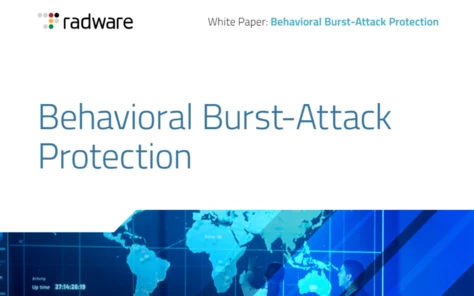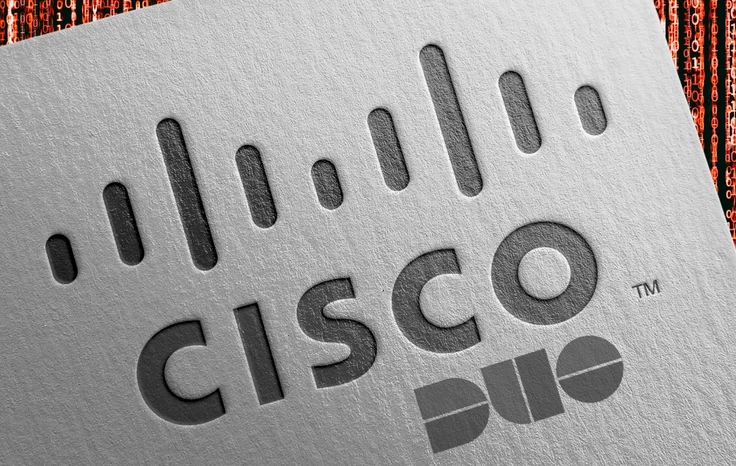What is Health Technology? Definition, Benefits, Challenges
Why Cyber Resilience is Just as Important as Cybersecurity

If there is a positive side to numerous data breaches and other cyberattacks that plague our current business environment, it is how they bring security concerns to the forefront and thereby, increase awareness about these issues. Many companies start taking them as seriously as they should be taken and that’s, of course, is a good thing.
It is often too easy, however, to take cybersecurity measures to heart and call it a day. Whether it is done to achieve peace of mind or to reassure the clients that they have nothing to fear with this company, it is, unfortunately, hardly enough in the modern world.
Despite the professionals’ best efforts, breaches still happen. Some of them may happen because of the enterprises’ overconfidence. In other cases, a breach can simply be a result of bad actors getting the upper hand in this particular incident. Whatever the reason is, when a company’s cybersecurity fails, its cyber resilience has to prove itself.
The complementary nature of cyber resilience
We all know the primary goal of cybersecurity: it is to prevent cyberattacks from harming a business. Interestingly enough, the goal of cyber resilience is the same with the addendum of “or to minimize the harm as much as possible”.
So, what the company’s cyber resilience system should do is guarantee that the company goes on as close to its normal functioning as it can even under the strain of a cyberattack happening to it.
It may be difficult for some business owners to assure themselves of the necessity to spend additional funds on making their company work in the conditions that aren’t supposed to happen. Especially so if they have already spent a lot on cybersecurity.
However, they should think of it this way: for them to win against hackers it takes years upon years of flawless operation when all that hackers need is one lucky attempt at breaching their security.
It makes cyber resilience absolutely necessary to implement because the costs of a business being completely disrupted even for one day are colossal both in terms of direct losses and those that will come from the to the company’s reputation.
What makes a company cyber-resilient?
Some people include cybersecurity into the definition of cyber resilience but for the sake of brevity, let us focus on the unique aspects of it.
One of the most vital ways to make your business cyber-resilient is to ensure your clients can access all its features that they need even under an attack. This alone will allow your brand reputation to stay undamaged and, even better, potentially improve. Think about it: your customers would know that even in the critical circumstances you managed to provide them with high-quality service.
As it is always the case with protecting data from malware, one of the most important things that should be ensured is that important information is stored on devices without access to the Internet and the corporate network. Such backups have to be updated regularly so that you always have access to the most recent data in the case of a successful ransomware attack.
It’s not only data that has to be backed up, but also your entire system. There has to be a contingency network that you can turn on once the main one is down. This fallback system doesn’t have to be the exact copy of the main one but make sure it has all of the most important features: search, email and other ways to contact you, databases that your employees need to provide services, etc.
Another important aspect of resilience is the ability of the company to recover and get back to its pre-attack values. It’s been estimated by the National Cybersecurity Institute that as much as 60% of small and medium companies that had fallen victim to a cyberattack went out of business soon after. Even if the company manages to stay afloat, the speed of its recovery is also important because the longer it is, the hit the long-term development of the company takes.
Pen-testing is also something that you should keep in mind when planning your cyber resilience strategy. Simulating an attack with the help of professionals will show you the weaknesses and vulnerabilities of your network and give you an assessment of how to counter them.
One of the ways of recovering from a cyberattack is cyber insurance. Again, even if it does seem redundant to buy it when you already spend a lot on cybersecurity, it can help you immensely if (or rather, when) an attack does get you. Most often, it covers the investigation and recovery expenses as well as the lost income and the costs of lawyers and other legal matters.
In general, cyber resilience can be improved by trying to reverse-engineer recent cyberattacks that targeted businesses similar to yours. Seeing what went wrong with them and what difficulties they faced when recovering from it will help you understand what you have to do. Figuratively, it’s learning on others’ mistakes.
Enjoy this article? Next, check out our Tech Chat with Aaron Begner at Forter!

























